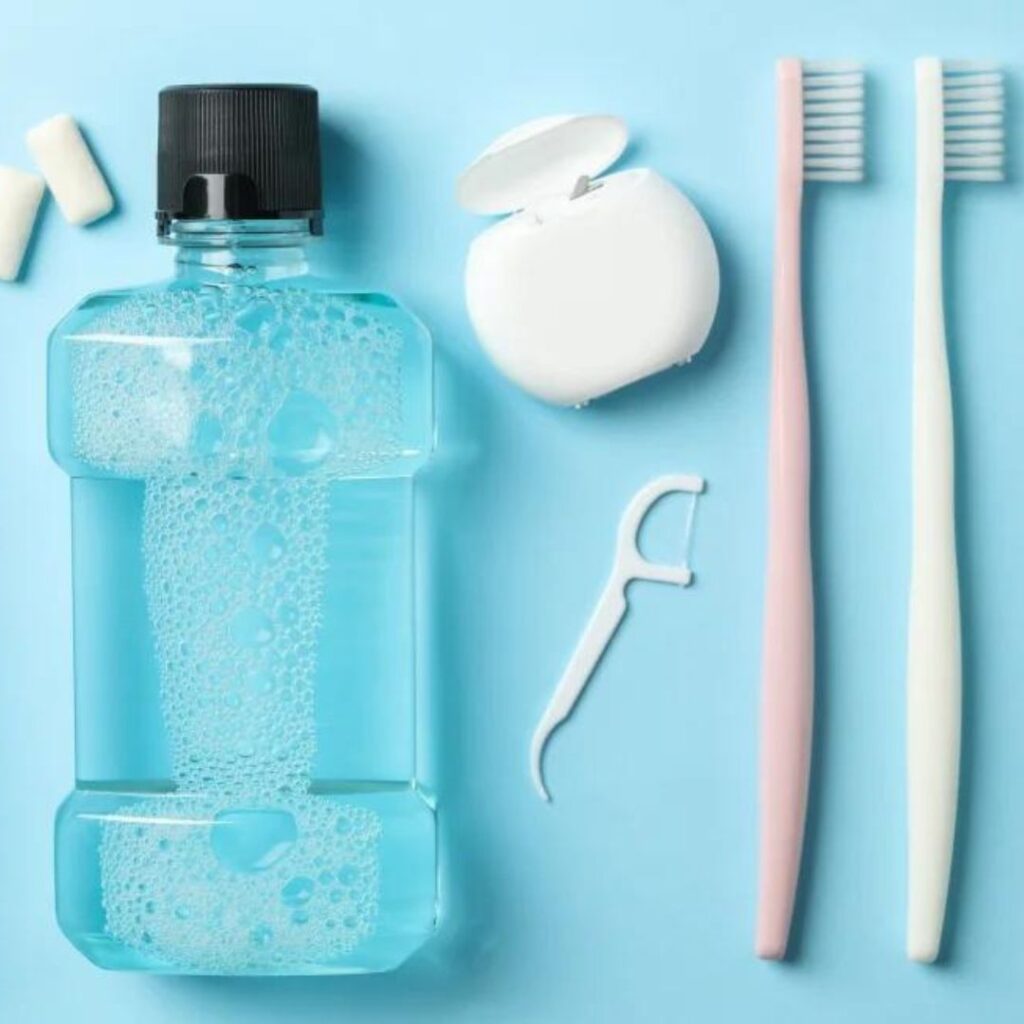How To Whiten Teeth At Home

Smoking, drinking red wine and eating the wrong foods are all things you probably know aren’t the best for your health, but they’re also among the top things that teeth-whitening procedures can address. Still, few people are going to give up coffee or never eat another berry again in the name of a brilliant smile. “People have to live,” says Dr. Marc Lowenberg, a cosmetic dentist and partner at LLK Dental in Manhattan.
In fact, more than two-thirds of Americans have whitened their teeth, and a quarter of them have used an over-the-counter product for that purpose, according to a 2022 survey by Mintel/Greenfield Online.
How does whitening teeth work?
At-home tooth-whitening products are generally a lower-strength version of what dentists use, Lowenberg says, which is essentially hydrogen peroxide. This weak acid oxidizes surface stains, causing them to break up (and temporarily making teeth more porous and susceptible to staining, which is why extra caution is needed after treatments to maintain the white color). Ultraviolet (UV) or LED light may also be used to speed up the process.
While perfectly safe to use, and best used along with other oral hygiene products like an electric toothbrush and water flosser, at-home whitening products are not all equally effective. They won’t work on discoloration that comes from genetics or aging, in which dark-colored dentin shows through the white tooth enamel, and they may not be ideal for people with sensitive teeth, so you’ll want to discuss the options with your dentist.